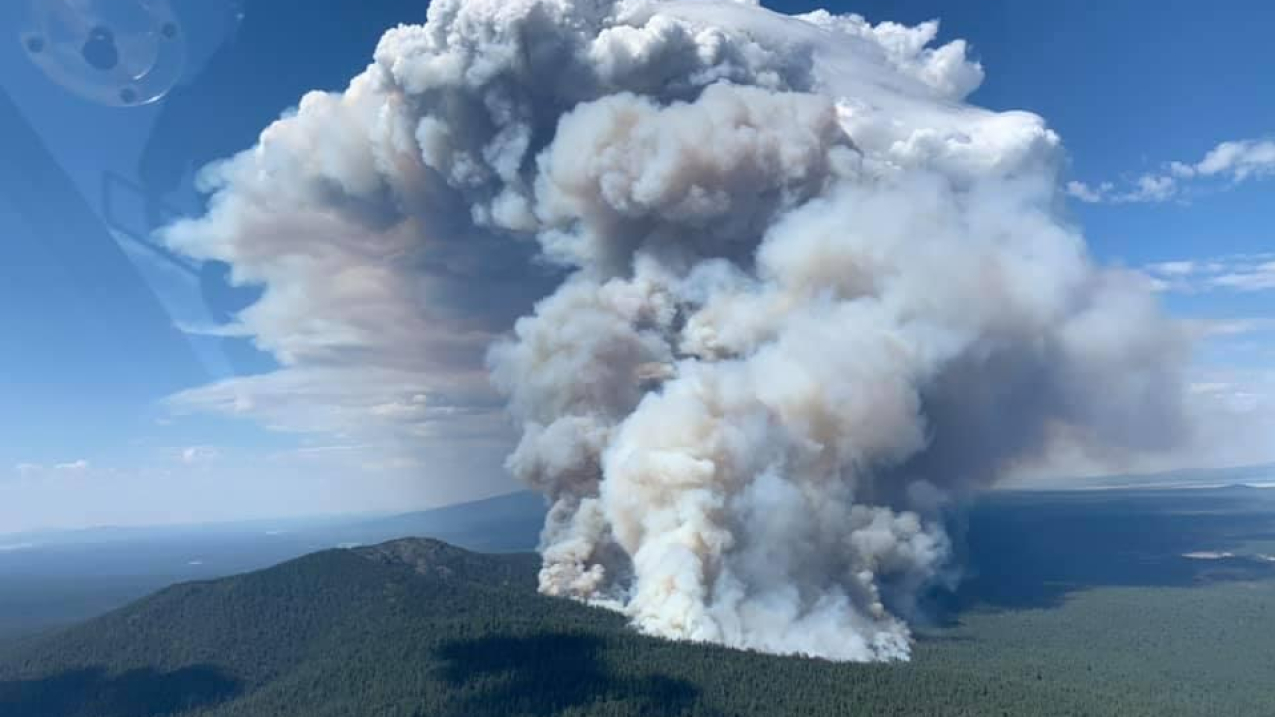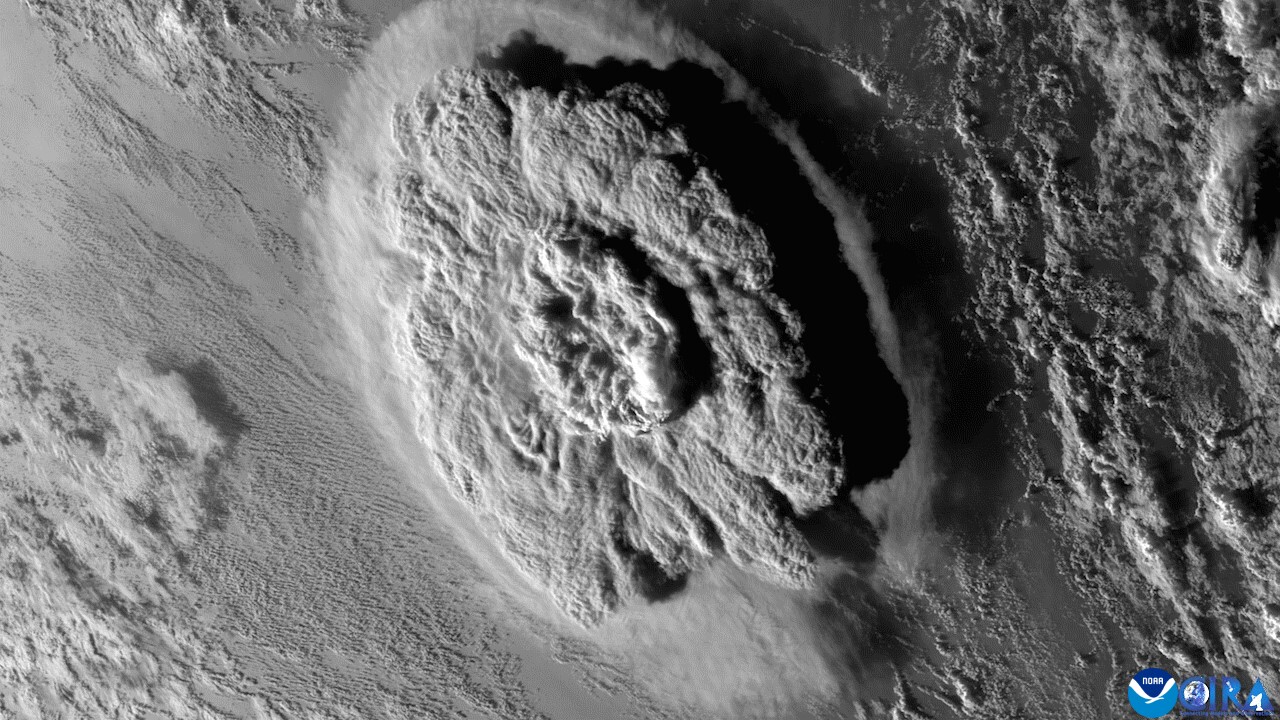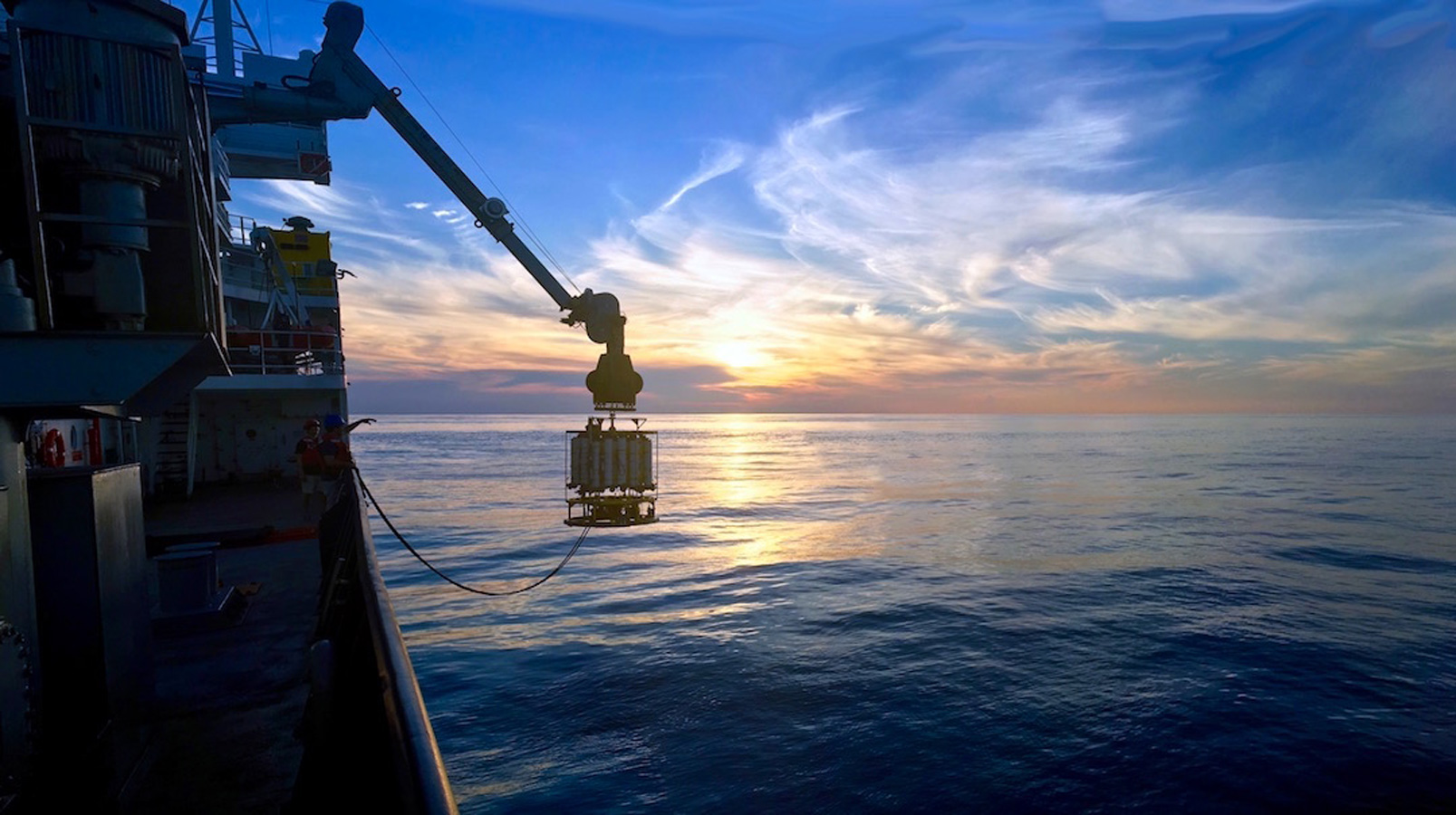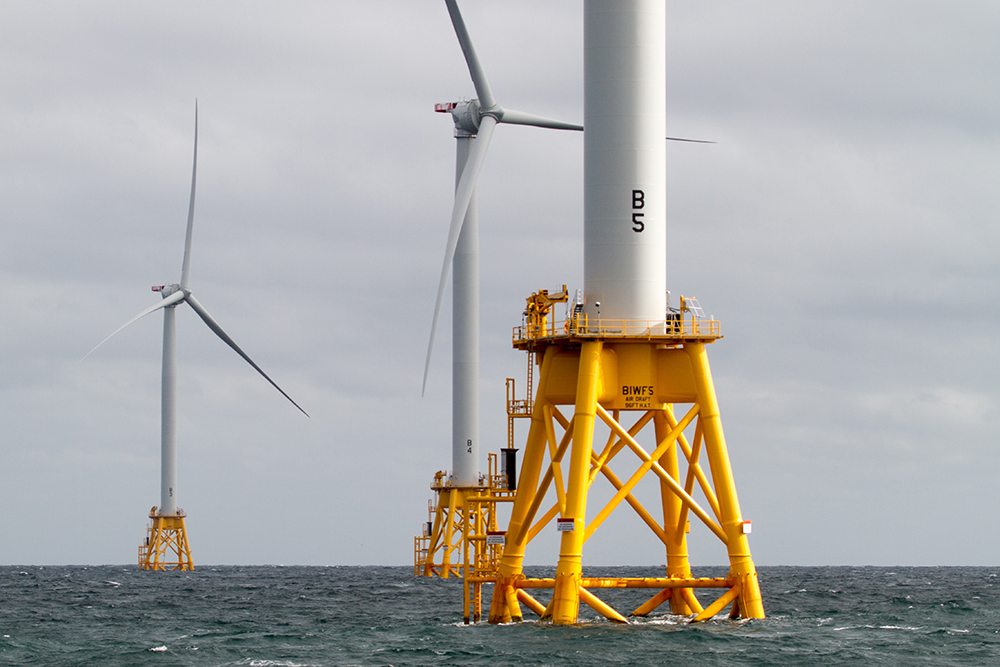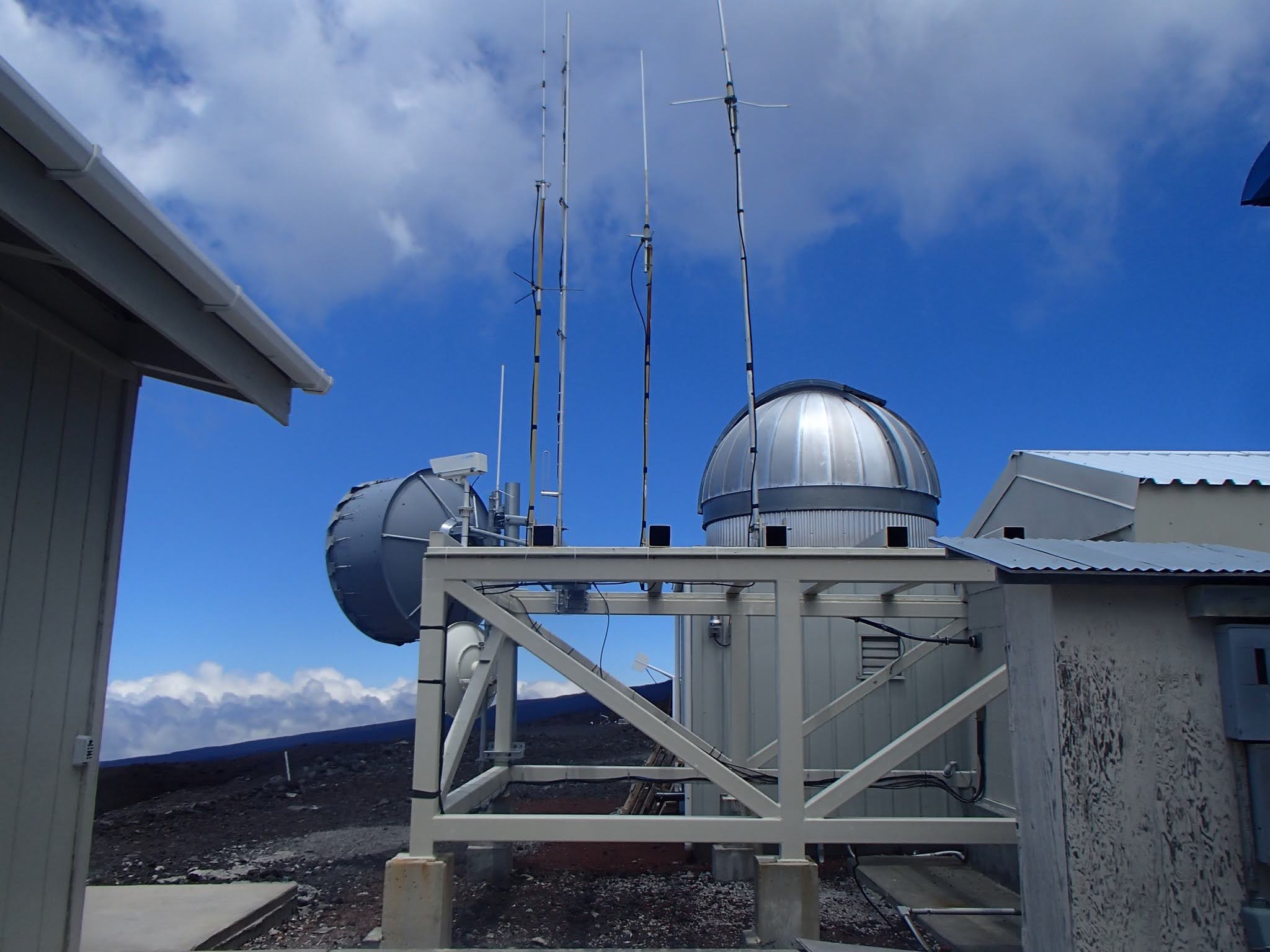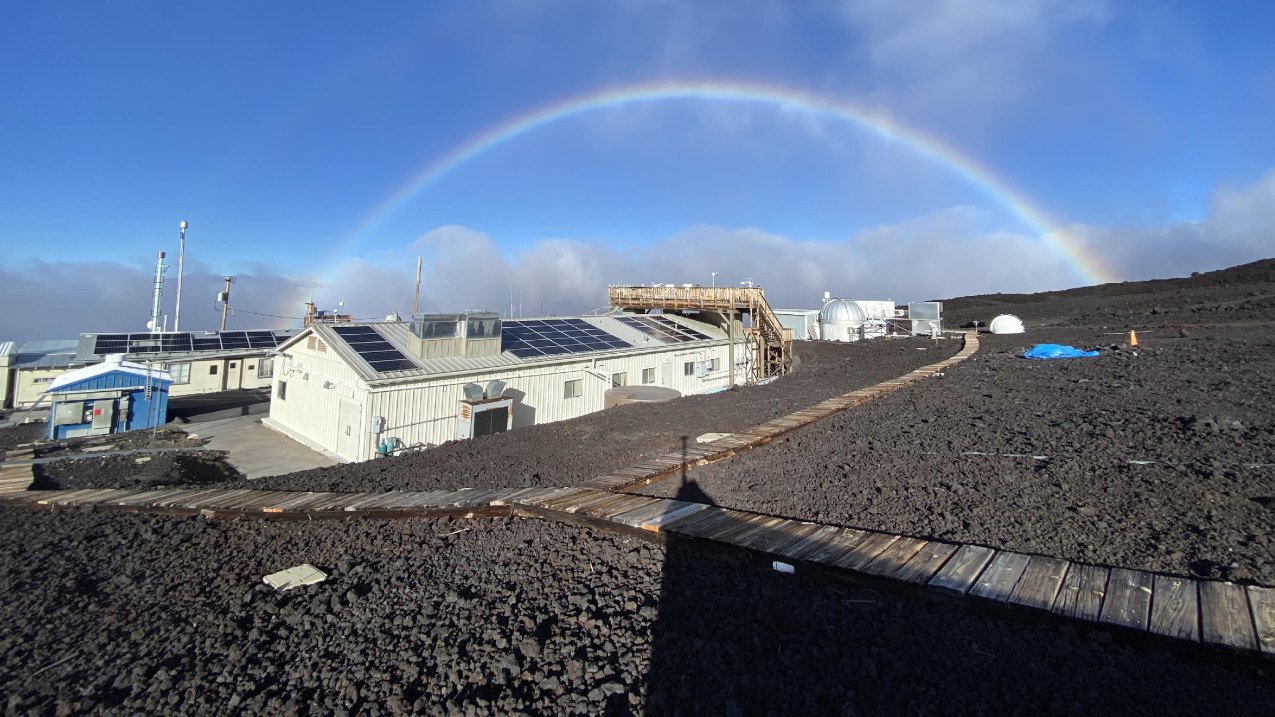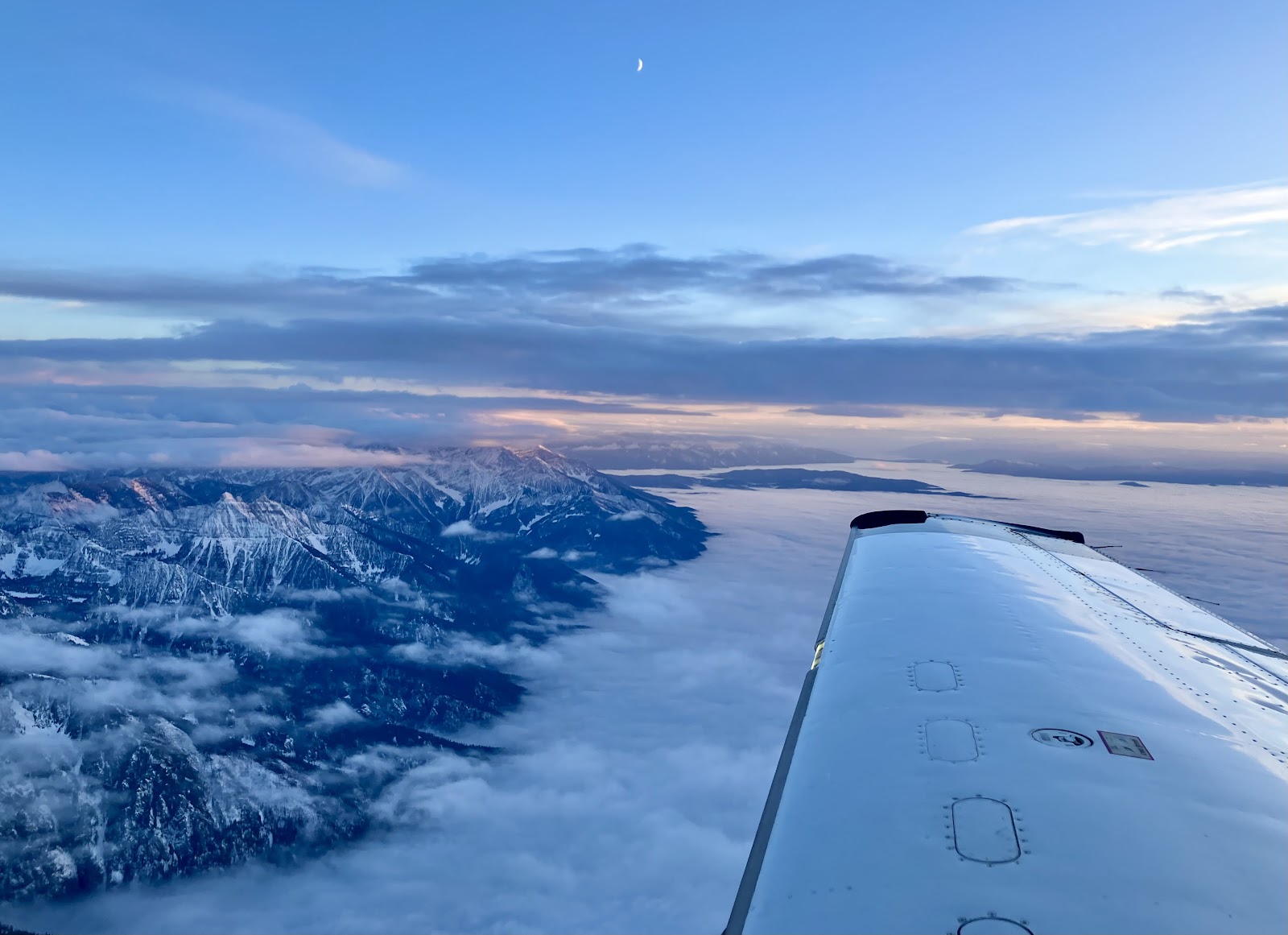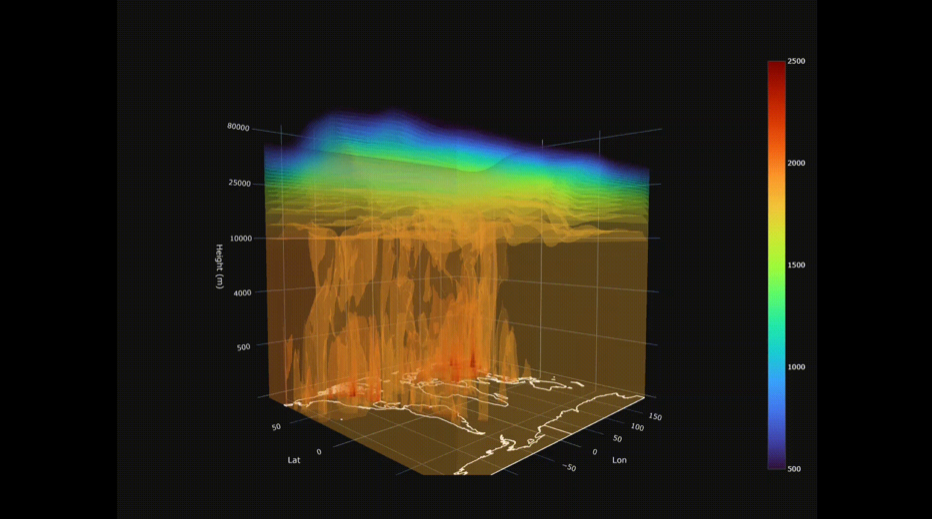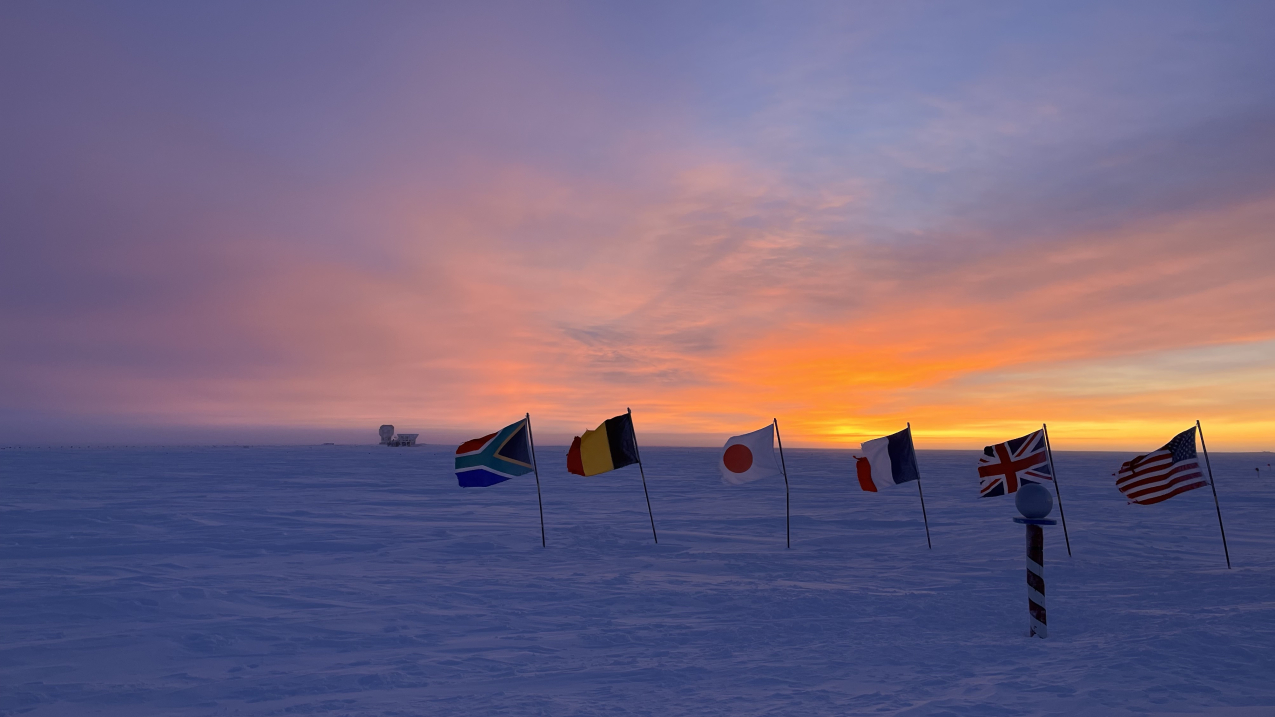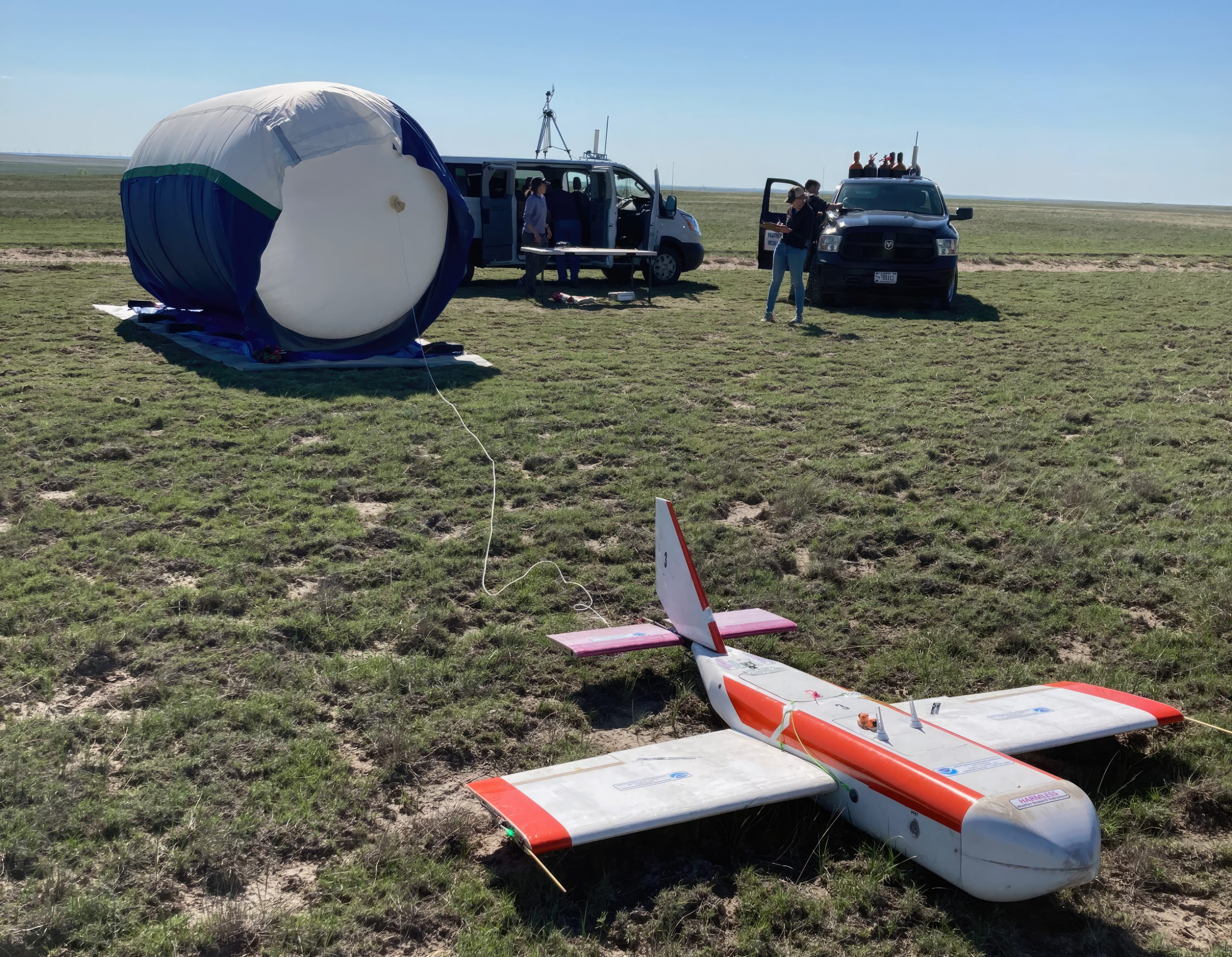News

January 10, 2024
Biden-Harris Administration invests $34 million for NOAA fire weather research through Investing in America agenda
Today, the Department of Commerce and NOAA announced the award of more than $34 million to reduce the risk to Americans’ lives and property from wildfires. This funding will support wildfire preparedness and response as part of President Biden’s Investing in America agenda under the Bipartisan Infrastructure Law.December 20, 2023
A volcanic eruption sent enough water vapor into the stratosphere to cause a rapid change in chemistry
The eruption of the Hunga Tonga-Hunga Ha’apai volcano on January 15, 2022, produced the largest underwater explosion ever recorded by modern scientific instruments, blasting an enormous amount of water and volcanic gases higher than any other eruption in the satellite era.December 19, 2023
Top NOAA Research stories from 2023
Record-breaking marine heatwaves, increasing greenhouse gas concentrations, an above average hurricane season, and numerous deep sea discoveries made 2023 a busy year for NOAA Research. Let’s explore some of our top stories from this year!December 13, 2023
One year after the eruption, Mauna Loa Observatory has resumed key science activities
Over the past year since the eruption of Mauna Loa volcano on Hawaii’s Big Island on Nov. 27, 2022, MLO staff visiting the site once a week via helicopter have restored limited power to four key observatory buildings by augmenting existing solar generation and adding battery systems.December 6, 2023
Record fossil carbon dioxide emissions impeding progress on meeting climate goals: report
Greenhouse gas emissions from fossil fuels are projected to reach a record 36.8 billion metric tons in 2023, an increase of 1.1% over 2022, according to an annual report by the Global Carbon Project. While emissions of carbon dioxide (CO2) are declining in some regions including Europe and the United States, they continue to rise overall, the authors said, adding that global action to reduce fossil fuel consumption is not happening fast enough to prevent dangerous impacts from climate change.December 4, 2023
GML highlights at the AGU 2023 Fall Meeting
GML and CIRES researchers are presenting several talks and posters at the 2023 Fall Meeting of the American Geophysical Union and collaborating on many more.December 1, 2023
New England research project to boost off-shore wind generation
A new research effort led by NOAA and the Department of Energy spinning up this month will play a significant role in the development of wind energy off of the New England coast.November 29, 2023
NOAA’s Global Monitoring Laboratory supports the nation’s greenhouse gas monitoring strategy
NOAA will commit its long-established, state-of-the-art capabilities in observation, modeling, and data analysis—including several major initiatives from NOAA’s Global Monitoring Laboratory (GML)—to support the new U.S. Greenhouse Gas Measurement, Monitoring, and Information System.November 29, 2023
Biden-Harris Administration releases Greenhouse Gas Monitoring Strategy
Today, the Biden-Harris Administration released a conceptual framework for a national system to measure, monitor and share information related to reducing greenhouse gas emissions in order to meet U.S. commitments under the 2015 Paris Agreement. NOAA will commit its long-established, state-of-the-art capabilities in observation, modeling and data analysis to support this whole-of-government effort.November 21, 2023
NOGAP survey completed its first flights to document greenhouse gas distribution across the U.S.
The National Observations of Greenhouse gasses Aircraft Profiles (NOGAP) survey completed the first of six loops around the United States to document and understand in great detail the vertical distribution of greenhouse gasses (GHGs) in the lower atmosphere.November 1, 2023
2023 ozone hole ranks 12th largest on record, find NOAA and NASA
The 2023 Antarctic ozone hole reached its maximum size at 10 million square miles (26 million square kilometers) on September 21, which ranks as the 12th largest since 1979, according to annual satellite and balloon-based measurements made by NOAA and NASA.October 12, 2023
NOAA's Global Monitoring Laboratory releases CarbonTracker-Methane 2023
Scientists in the Global Monitoring Laboratory released NOAA’s latest global atmospheric methane assimilation/flux inversion system, CarbonTracker-CH4 2023.September 22, 2023
Photo feature: 'First bit of orange glow’ greets NOAA crew at South Pole
After six months of darkness, the return of the sun at the South Pole signals the arrival of spring in the Southern Hemisphere. For scientists at NOAA’s South Pole Atmospheric Baseline Observatory (SPO), that’s a welcome sight.July 24, 2023
50th anniversary of CO2 measurements at NOAA’s Barrow Observatory
July 24, 2023 marked the 50th anniversary of continuous measurements of CO2 in the atmosphere at the Barrow, Alaska Atmospheric Baseline Observatory.June 13, 2023
Revolutionary NOAA High-Altitude Research Tool Passes Key Milestone
The quest by Global Monitoring Laboratory scientists to develop a reliable, cost-effective way to study Earth’s stratosphere passed a significant milestone on May 17 when a remotely controlled glider, carried to an elevation of 90,000 feet by a weather balloon, returned to its launch location on Colorado’s Pawnee National Grasslands with its scientific payload intact.

